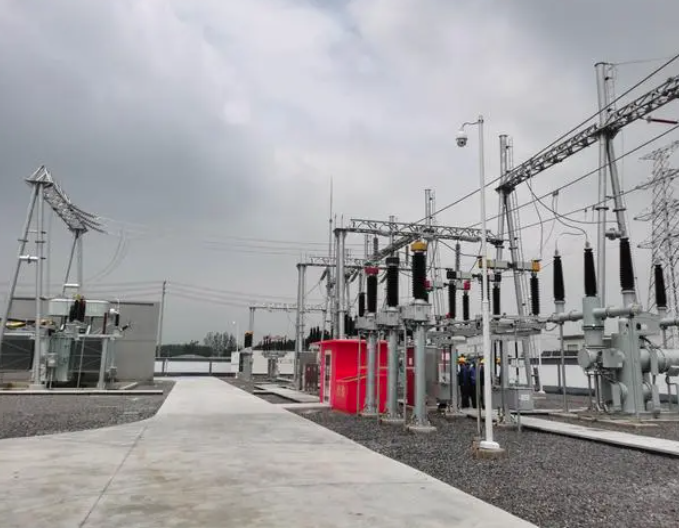Breaking through simple understanding: substation operation mechanism and its core responsibilities
The substation, a ready energy transfer station, cannot be underestimated in the power transmission ecosystem. It is responsible for properly converting the electric energy on distant high-voltage transmission lines into low-voltage electric energy for daily use by people or businesses. Like an artist skilled in reconciliation, substations create an information highway between different voltage levels and even different current types (AC or DC). To be clear, this is not just simple "electrical energy conversion", it also optimizes system efficiency: reducing load pressure and energy losses on transmission lines. Not only that, when a problem or failure occurs in the system, the substation has the ability to instantly cut off the problem area to ensure that the power supply to other areas is not affected.

The corner stone of equipment: the key hardware that makes up a substation
If the substation is an indispensable node in the power system, then the equipment that constitutes it is the material basis for the powerful function of this node. We usually see transformers, circuit breakers, isolating switches and capacitors as protagonists on this stage. The transformer is undoubtedly the protagonist of the show. It converts the high-voltage current delivered to the station into a low-voltage current that is more civilian and friendly. Circuit breakers and isolating switches are like stage management behind the scenes. They are responsible for arranging the transmission path of electric energy and making "safe cuts" when necessary to protect the system from being affected. Capacitors have their unique contribution in maintaining system stability. They can optimize the power factor of the current and stabilize the voltage.
Operations management: where complexity and prevention intersect
To ensure that the substation can operate stably and reliably, a scientific and rigorous management system is indispensable. Routine maintenance needs range from regular inspections of various equipment to emergency repairs. Each link requires reasonable operating specifications and a complete recording system. These records are not only used to solve immediate problems, but also serve as a data base for research on future problems. Troubleshooting is equally important: being able to quickly isolate the problem area and quickly restore the rest to normal operation. In addition, disaster prevention such as lightning protection should also be included in the management system to deal with unpredictable natural factors.
Facing the future: new challenges in technological and environmental development of substations
Power systems and technology are developing rapidly, and with it, substations need to adapt to more new challenges and opportunities. The intervention of intelligent technology enables the substation to have real-time monitoring of equipment status and early warning of faults. At the same time, with the rapid rise of renewable energy, substations need to adapt to more unstable outputs and even need to handle bidirectional power supply. Environmental protection is also increasingly valued, and noise and pollution control are also taken into consideration.
Conclusion
The importance of the substation, an institution that plays a pivotal role in the power transmission ecosystem, is not limited to the conversion and transmission of energy. From equipment configuration to operational management to future challenges, it involves many and complex aspects. Through this article, we can see its irreplaceability in the modern social structure, and also provide powerful observations and predictions for its future development trends.
